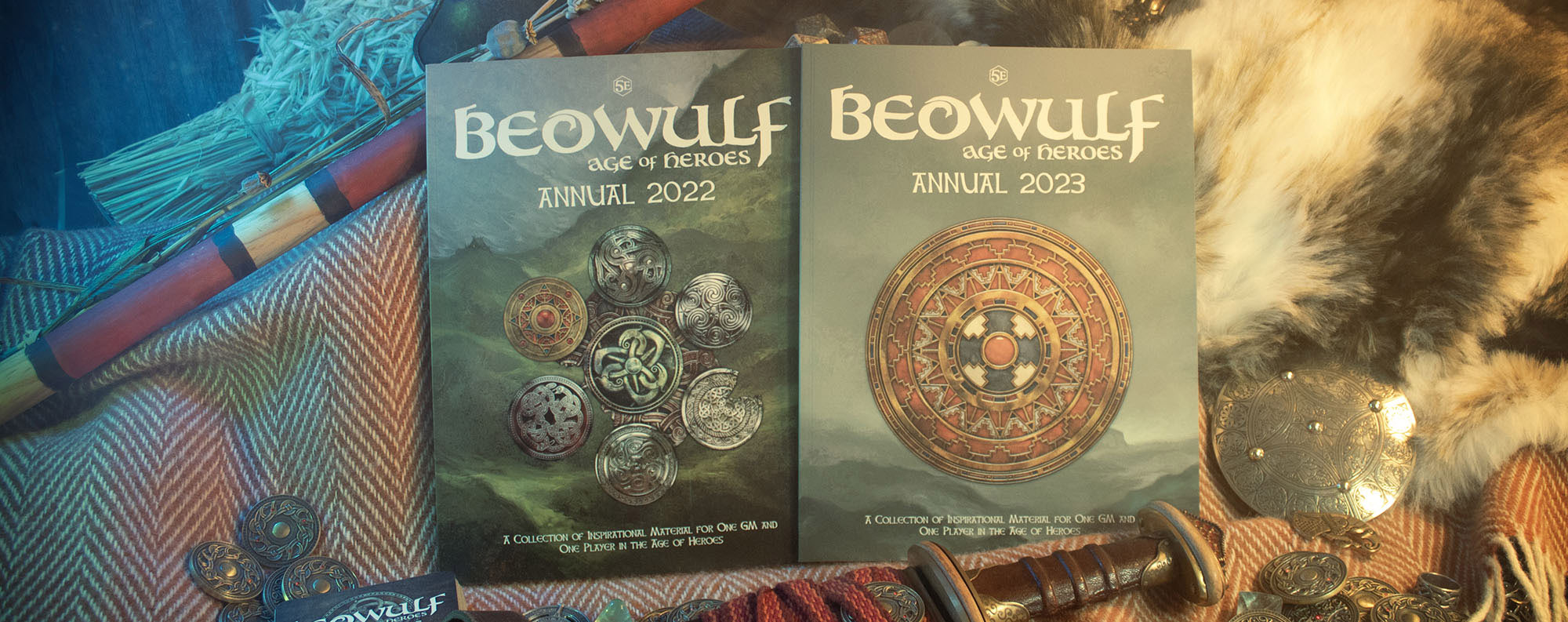Jon speaking.
As you may know I’ve been a professional artist for a long time. At the beginning of 2022 I teamed up with another professional artist (Mike Franchina) to mess around with this obscure little image generator called Midjourney.
It was fascinating. I spent a LOT of time figuring out how it worked in practical terms.
And I came to understand the difference between the training images and the outputted images. That they don’t “touch”. There’s no collaging of pixel data – new images are generated based on mathematical training.
We lack proper words that reflect this process – but the AI is “looking” at images and making code from them. That code isn’t the images. And the code of thousands of images is recombined in such a way that what it spits out is a new image.
Due to the sophistication of the process you could be entirely forgiven for thinking Midjourney slices up images and rearranges “physical” parts of them. But that just isn’t what it does.
After a great deal of reading and experimentation I was satisfied that this was a new kind of thing, and no images were being reused in a sense that breaches current copyright.
Training an AI by “looking” at images doesn’t seem morally wrong to me, in the context of what Midjourney was. (Other AIs are available that do much more dubious things. It’s unfortunate we lump them all together.)
Fast forward a year, and the whole thing has exploded beyond all imagining, growing exponentially in popularity, and this once curious little experiment has become something else entirely. We’re now seeing how it is used by the mass of humans.
And as a result I have become increasingly uncomfortable with two things:
The nature of the data set that Midjourney learns from, and the apparent unwillingness to address it by the developers.
The way AI imagery is being used.
I think in many ways I see the Midjourney experiment as over. It’s much more like a flat out business now. It really wasn’t in the beginning. You couldn’t pay to be in the original beta version. What was once “what can this thing do?” Is now “this thing will make you an artist”.
That change is less and less palatable to me
For me, I was always interested in how weird and disturbing the output was. How strange and otherworldly it looked. I never had any interest in aping any artist’s style, and I very much saw AI imagery as additive – another strand or kind of image – never as a replacement. We certainly never attempted to hide that the imagery was machine generated. It was a feature of a games and art project.
When that replication of highly specific and individualised art styles became a thing I thought it was a really sad direction for AI imagery to go in, and missed (for me) the wonder of it. Whether that breaches current copyright law in debatable, and we’ll need to await the outcome of various law suits to know for sure. But it was a terrible direction for the thing to go in, and the strict adherence to copyright law is becoming increasingly beside the point.
I’ll confess my vexation at two things:
The poor use of langauge around how AI does what it does.
The results of people using it.
Both are disappointing, but it seems inevitable.
Due to the context of how AI imagery is both now used and received, we will, with some regret, start to close those projects down.
The upside to this is, we can replace all the Midjourney imagery with handmade art. That’s well within our powers, so Maskwitches and Silver Road as games won’t go away forever. But I think seeing the direction AI image generation has taken, it’s time to stop.
We’ll of course deliver everything we’ve promised in the Maskwitches kickstarter. And nothing will change for a little while. But the process of shifting geared in response to changing conditions is begun.

